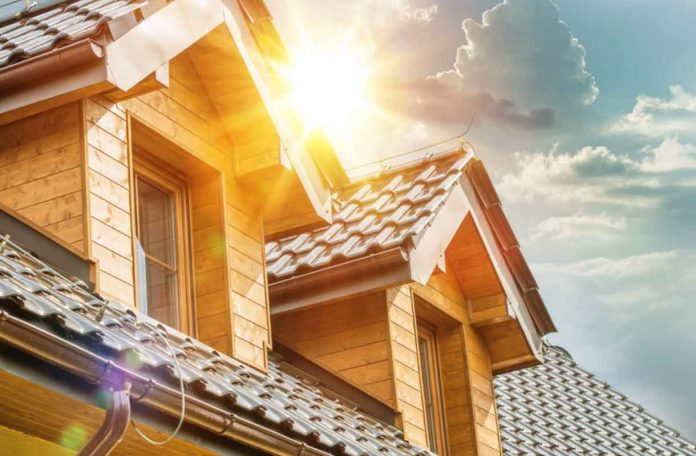Homeownership across the U.S. is on the decline for the first time in two years, experts say. According to Laura Kusisto of The Wall Street Journal, the U.S. homeownership rate has declined from 64.8% (near the historic average of 65%) to 64.2% in only one quarter.
Millennials, born between 1980 and 1994, have been steadily fueling the growth in homeownership since 2017 when they made up 34% of homebuyers. But the rate of homeownership for households headed by someone younger than age 35 has dropped from 36.5% to 35.4%.
The cause for the decline is a mix of economic burdens on potential American homeowners. High home prices, rising mortgage rates, pricier down payments, low starter home inventories, and high student loan debt are keeping Americans between the ages of 25 and 40 from investing in the housing market if they haven’t already.
A recent study from Clever Real Estate shows that the biggest fear millennials have when it comes to homeownership is that they’ll buy a home and become burdened by unforeseen costs. These costs may include a new home heating system, roof, drainage repairs, or a sharp tax increase.
Unfortunately, these fears aren’t unfounded. Experts from Clever Real Estate point out that the total cost of homeownership, not just the cost of the home itself, has been on a steep incline for the last 10 years.
The average homeowner pays approximately $2,676 on maintenance and repairs, $6,649 on home improvements, $2,600 on property taxes, and $1,228 on homeowner’s insurance per year. In fact, replacing a window can cost between $300 and $700 per window. Home improvements have also been on the rise as millennials turn toward fixer-upper homes to combat rising housing prices.
Every year, homeowners remodel over 10.2 million kitchens and 14.2 million bathrooms. Homeowners have also been replacing or installing new flooring; the flooring industry reported a 3.85% growth rate just last year.
But remodels are one thing, unexpected costs are another. The Clever Real Estate study found that millennials don’t often have a buffer in their savings to absorb large and unexpected expenses such as an oil burner failure.
This lack of a buffer is sometimes obvious when you look at the size of the down payments millennials are putting down on home purchases. Up to 67% of millennials put less than 20% down because of rising housing costs, which means they have a higher mortgage payment.
What’s more, up to 59% of homeowners say they make renovations using a combination of home equity loans, personal loans, and credit cards. One in hour homeowners have less than $500 saved for their home repairs.
These numbers aren’t due to millennial stereotypes about finances, either. Even wealthier millennials are struggling to buy homes without financial assistance.
According to CNBC, one in three older millennials (between the ages of 30 and 39) with over $100,000 to invest say they received financial assistance from their parents to buy their first home. This is because home prices are often out of reach even for the wealthier populations.
Only 67% of homes available in 2018 in metro areas were priced affordably for younger buyers. And only 19% of homes in Los Angeles are in a price range millennials can afford.
“Millennials have seen their rents go up year after year, and may think that buying a home is more affordable,” said Daryl Fairweather, chief economist at Redfin, “but the fact of the matter is housing has become unaffordable across the board.”







